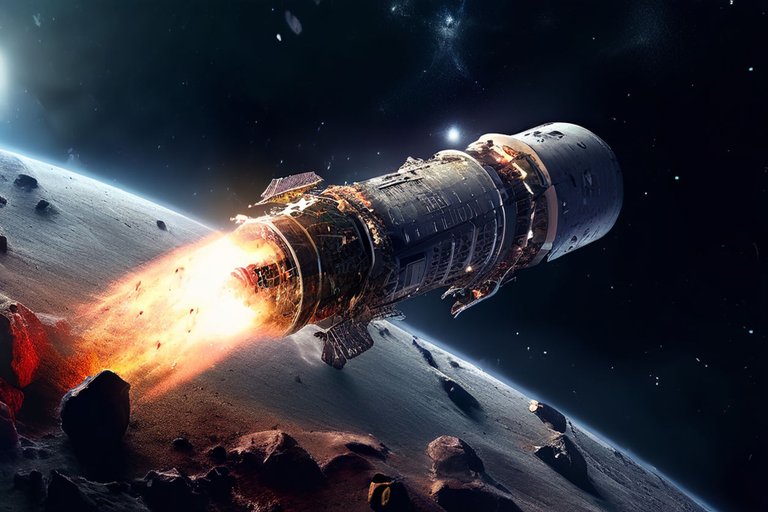Using a comet to transport a probe
Using a comet to transport a probe

Can you imagine a comet that is interstellar, that we know its orbit and its characteristics, a probe or an observatory could be mounted on a comet, it would be like having a spaceship but that does not need fuel and will also travel very far.

In short, a comet is a battlefield, a ship could be destroyed or end up thrown into space simply because it does not have a firm point to hold on to; The second problem is that where the Comet is going there is no solar energy so the only source of energy available would be an atomic battery, it is the only thing we have right now, such as those that give energy to the latest rovers that NASA has. on Mars and those batteries end up running out after several decades.
The images without reference were created with AI
Thank you for visiting my blog. If you like posts about #science, #planet, #politics, #rights #crypto, #traveling and discovering secrets and beauties of the #universe, feel free to Follow me as these are the topics I write about the most. Have a wonderful day and stay on this great platform :) :)
hive-196387
nature
technology
stem
astronomy
space-conquest
space
science
creativecoin
neoxian
ecency
0
0
0.000
Thanks for your contribution to the STEMsocial community. Feel free to join us on discord to get to know the rest of us!
Please consider delegating to the @stemsocial account (85% of the curation rewards are returned).
You may also include @stemsocial as a beneficiary of the rewards of this post to get a stronger support.
Congratulations @jorgebgt! You have completed the following achievement on the Hive blockchain And have been rewarded with New badge(s)
Your next target is to reach 260000 upvotes.
You can view your badges on your board and compare yourself to others in the Ranking
If you no longer want to receive notifications, reply to this comment with the word
STOPCheck out our last posts: